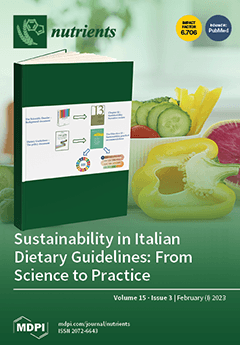This study tested the hypothesis that the increases in salivary and plasma [NO
2−] after dietary NO
3− supplementation would be greater when oral temperature and pH were independently elevated, and increased further when oral temperature and pH were elevated concurrently. Seven healthy males (mean ± SD, age 23 ± 4 years) ingested 70 mL of beetroot juice concentrate (BR, which provided ~6.2 mmol NO
3−) during six separate laboratory visits. In a randomised crossover experimental design, salivary and plasma [NO
3−] and [NO
2−] were assessed at a neutral oral pH with a low (T
Lo-pH
Norm), intermediate (T
Mid-pH
Norm), and high (T
Hi-pH
Norm) oral temperature, and when the oral pH was increased at a low (T
Lo-pH
Hi), intermediate (T
Mid-pH
Hi), and high (T
Hi-pH
Hi) oral temperature. Compared with the T
Mid-pH
Norm condition (976 ± 388 µM), the mean salivary [NO
2−] 1–3 h post BR ingestion was higher in the T
Mid-pH
Hi (1855 ± 423 µM), T
Hi-pH
Norm (1371 ± 653 µM), T
Hi-pH
Hi (1792 ± 741 µM), T
Lo-pH
Norm (1495 ± 502 µM), and T
Lo-pH
Hi (2013 ± 662 µM) conditions, with salivary [NO
2−] also higher at a given oral temperature when the oral pH was increased (
p < 0.05). Plasma [NO
2−] was higher 3 h post BR ingestion in the T
Mid-pH
Hi, T
Hi-pH
Hi, and T
Lo-pH
Hi conditions, but not the T
Lo-pH
Norm and T
Hi-pH
Norm conditions, compared with T
Mid-pH
Norm (
p < 0.05). Therefore, despite ingesting the same NO
3− dose, the increases in salivary [NO
2−] varied depending on the temperature and pH of the oral cavity, while the plasma [NO
2−] increased independently of oral temperature, but to a greater extent at a higher oral pH.
Full article






